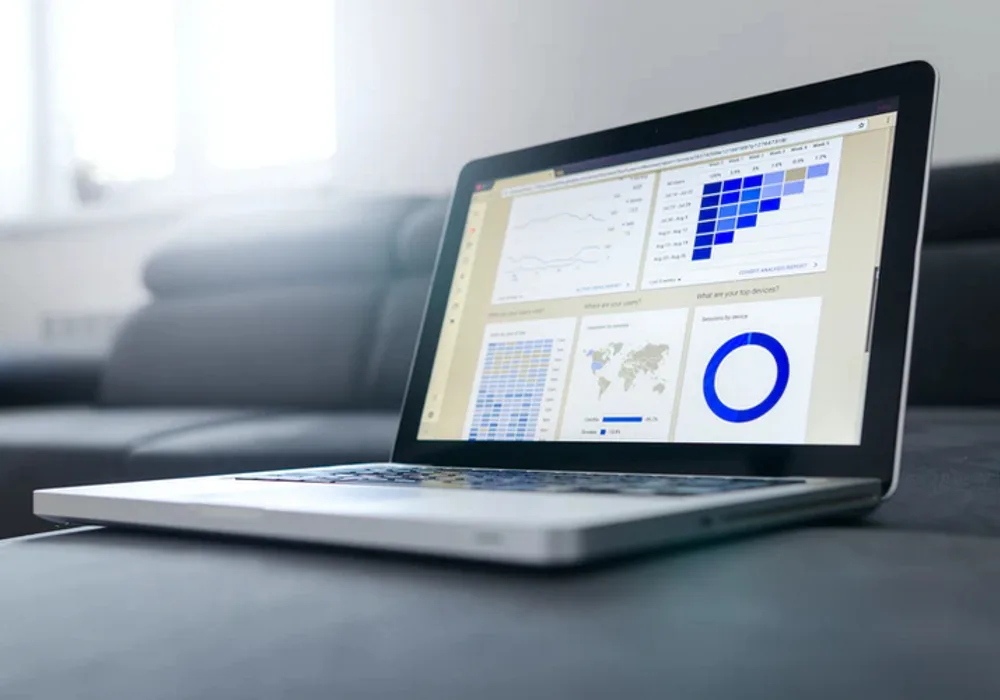UK marketing budgets continued to grow at a strong pace in the second quarter of 2022, following on from the growth rate reaching an eight-year high in Q1 2022, according to the latest IPA Bellwether Report. However, due to the increasing economic difficulty around the world, the future doesn’t look quite as bright.
The latest report found that 24.2% of companies raised their total marketing expenditure during Q2 2022, compared to 13.4% which recorded budget cuts. The net balance of +10.8% shows continued growth, but is down on the +14.1% reported in the first quarter of the year.
Events was the strongest-performing Bellwether category by a significant margin, achieving a net balance of +22.2%, and increasing its growth from the +18.7% recorded in Q1. The only other category to grow was public relations, which reached +3.7% from +0.6% in the previous quarter.
Main media’s year-long sequence of growth grinded to halt, with its net balance falling to 0% from +9.4%. Within this, other online (+4.4%, from +18.6%) and video advertising (+0.8%, from +9.0%) continued to grow, despite their significant slowdowns. Meanwhile, audio (-16.4%, from -8.5%) and out-of-home (-15.9%, from -4.6%) saw their downturns worsen, and published brands moved from positive to negative territory (-2,6%, from +1.3%).
Direct marketing also stagnated, bringing to an end its own 12-month period of growth, while sales promotions (-0.7% vs. +8.0% previously), market research (-6.5% vs. -3.5% previously) and other marketing activities not already accounted for (-8.3% vs. -0.9% previously) all dragged down total expenditure.
“Amid a deteriorating economic outlook for UK businesses, sustained growth in total marketing activity is encouraging. However, the stagnation in main media marketing budgets is a disappointing result from the Q2 survey and suggests concerns around the outlook are weighing on decision making. Risks are clearly skewed to the downside as the intensifying cost of living crisis weighs on disposable incomes, while firms face difficult decisions regarding their spending at a time when their cost burdens continue to inflate,” said Joe Hayes, Senior Economist at S&P Global Market Intelligence and author of the Bellwether Report.
Looking ahead, companies have become much more pessimistic about industry-wide financial prospects, with a net balance of -26.7% viewing the future negatively. This is a significant leap in pessimism compared to the -3.6% recorded in the first quarter of the year. Meanwhile, for the first-time since Q3 2020, companies’ view of their own financial prospects fell into negative territory, with a net balance of -9.5% of companies feeling pessimistic.
IPA Bellwether author, S&P Global Market Intelligence, has also downgraded its UK economic growth prospects and its ad spend growth forecasts for 2023 through to 2025. And reduced its ad spend growth forecast for this year too.
For 2022, S&P has cut its ad spend forecast to 1.6%, from 3.5% previously, while 2023 is predicted to see GDP grow just 0.5% and ad spend grow just 0.8% as a result.
“The Q2 Report out today shows that marketers are understandably concerned about the challenging business climate ahead, as reflected in the deterioration of their financial prospects,” said Paul Bainsfair, IPA Director General.
“It is interesting to see, however, amid the mounting economic headwinds, there were a number of businesses that signalled their intent to market aggressively to support their brand and gain market share from less-prepared competitors. This is usually a wise and canny move. All the IPA’s analysis on who does best in a downturn, shows that the companies that recover fastest are the ones that either maintain or increase their marketing spend during difficult economic times. Equally, cutting ad budgets – relative to competitors’ spend – in a recession undermines companies’ ability to grow future market share and profits.
“Meanwhile, others were also planning for the challenges ahead by positioning their businesses to support customers through difficult times. Brands need to be seen and continue to work for the benefit of consumers. They are important because they offer choice which ensures competition and lower prices, which in the months ahead will be important for consumers looking to spend their money wisely.”









